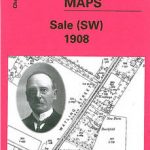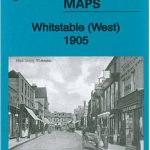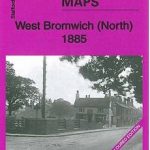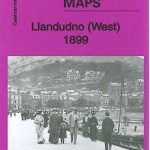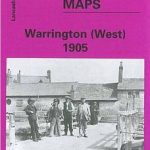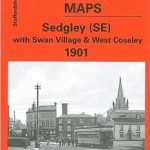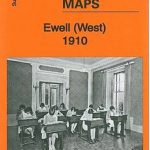Disclosure : This site contains affiliate links to products. We may receive a commission for purchases made through these links.
Swindon South-West 1899

Swindon South-West in 1899 in a fascinating series of reproductions of old Ordnance Survey plans in the Alan Godfrey Editions, ideal for anyone interested in the history of their neighbourhood or family. Swindon, famed for the development of the railways in the 19th century, is covered by four maps with extracts from directories on the reverse. Railway historians will find the bonus of a MSWJR timetable on the Swindon South-West map. Swindon South-East covers much of the town centre and stretches from St Paul`s church southward. Features include Swindon Town station, Christ Church, Town Gardens, The Quarries, Kingshill House, Victoria Hospital, cemetery, Grove House, remains of Holy Rood Church, Regent Circus, Commercial Road area, etc. This title, Swindon South-West map, includes The Park, King`s Hill, Kingshill Bridge, Wilts & Berks Canal, GWR railway, Midland & South Western Jct Railway with Rushey Platt station, Bath Road Brickworks, Okus Quarry, Cambria Place area, Westcott Manor Farm etc. Swindon North-East map includes the eastern end of the railway works, railway with station, Highworth Junction, Wilts & Berks Canal, Fairholm, Eastcott Farm, Fleet Street area, St Barnabas church, Gorse Hill area, Swindon Marsh Farm, Swindon County Ground.Swindon North-West map, is dominated by the GWR Railway Works, with many sidings, including engine sheds. Coverage stretches from St Mark`s church northward to Rodbourne Farm, westward to the River Ray and Midland & South Western Jct Railway. Other features include the Wilts & Berks Canal, terraced streets around Rodbourne Road, GWR Gloucester Branch, etc.About the Alan Godfrey Editions of the 25″ OS SeriesSelected towns in Great Britain and Ireland are covered by maps showing the extent of urban development in the last decades of the 19th and early 20th century. The plans have been taken from the Ordnance Survey mapping and reprinted at about 15 inches to one mile (1:4,340). On the reverse most maps have historical notes and many also include extracts from contemporary directories. Most maps cover about one mile (1.6kms) north/south, one and a half miles (2.4kms) across; adjoining sheets can be combined to provide wider coverage.FOR MORE INFORMATION AND A COMPLETE LIST OF ALL AVAILABLE TITLES PLEASE CLICK ON THE SERIES LINK.









